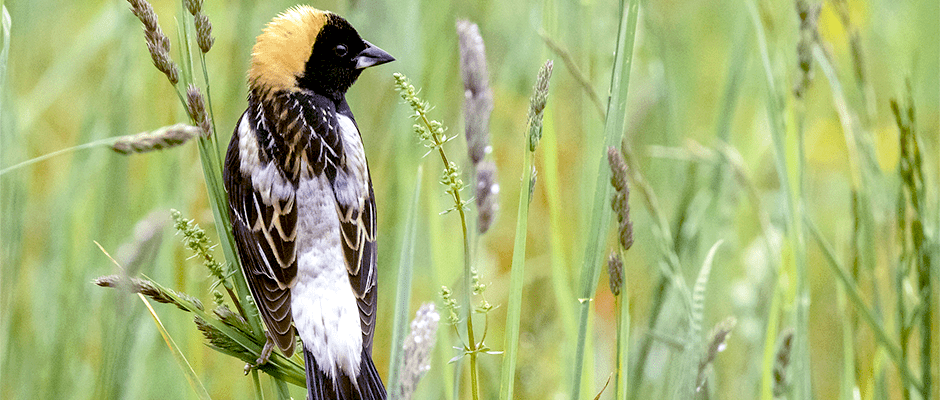Share this article
TWS signs letter supporting native grassland conservation
The Wildlife Society, alongside 10 TWS chapters and sections, has joined more than 150 conservation and agriculture organizations in a letter supporting the American Prairie Conservation Act (S.1913, H.R. 3939), which seeks to slow the conversion of native grasslands to croplands.
Introduced in both the Senate and the House on Oct. 4 by by Sens. John Thune, R-South Dakota; Amy Klobuchar, D-Minnesota; Mike Rounds, R-South Dakota; John Bennet, D-Colorado, and Reps. Kristi Noem, R-South Dakota and Tim Walz, D-Minnesota …”, the bill would expand a regional “Sodsaver” program to a nationwide program as a provision in the upcoming 2018 Farm Bill. The current program, enacted by the 2014 Farm Bill, is only in effect in six states: Iowa, Minnesota, Montana, Nebraska, North Dakota and South Dakota.
The “sodsaver” program helps ensure taxpayer dollars are not used to encourage grassland conversion by limiting crop insurance premium subsidies on land where native grasslands have been converted to insurable cropland. In addition to expanding the program to a nationwide initiative, the American Prairie Conservation Act would also close a loophole where producers are not subject to subsidy reductions for up to four years if a non-insurable crop is planted before an insured crop. The act would also require the U.S. Department of Agriculture to track and report changes in native grassland acreage by county. The 2014 Farm Bill only requires USDA to track changes in crop production.
“America is rapidly losing our few remaining areas of native prairie and grassland. As these lands are plowed and converted to crops, we systematically weaken our ecosystems and reduce ranching and hunting opportunities,” said Kanika Gandhi, Policy Specialist for the National Sustainable Agriculture Coalition (NSAC), in a release.
The loss of grassland also reduces suitable habitat for ground-nesting birds across the country and the multitude of waterfowl species that breed in the prairie pothole region.
A 2012 study found that 1.3 million acres of grassland were converted to corn and/or soybean fields in the western corn belt,which includes North Dakota, South Dakota, Nebraska, Minnesota and Iowa, from 2006 to 2011. The annual rate of conversion for the region was 1.0 to 5.4 percent, higher than any rates since the mechanization of agricultural practices in the 1920s and 1930s.
Both the Senate and House bills have been referred to committee. The goal is for this language to be wrapped into the 2018 Farm Bill, which is expected to be brought in front of Congress later in 2018.
The Congressional Budget Office estimates that the nationwide “Sodsaver” program will save taxpayers $52 million over the next ten years.
TWS Sections and Chapters that signed on in support of this legislation include:
The Northwest Section of The Wildlife Society
The Southeastern Section of The Wildlife Society
The California Bay Area Chapter of The Wildlife Society
The Colorado Chapter of The Wildlife Society
The Illinois Chapter of The Wildlife Society
The Kansas Chapter of The Wildlife Society
The Minnesota Chapter of The Wildlife Society
The Nebraska Chapter of The Wildlife Society
The Oregon Chapter of The Wildlife Society
The Virginia Chapter of The Wildlife Society
TWS supports land management practices that bolster environmental quality and biodiversity. Read the Standing Position on Environmental Quality through Resource Management.
Header Image:
The bobolink (Dolichonyx oryzivorus) is just one of many wildlife species that inhabit grasslands.
©Steven Kersting








